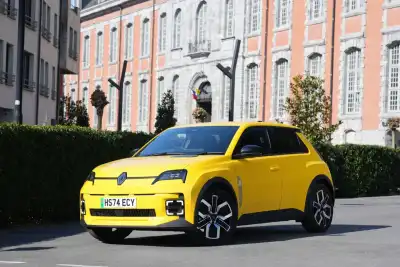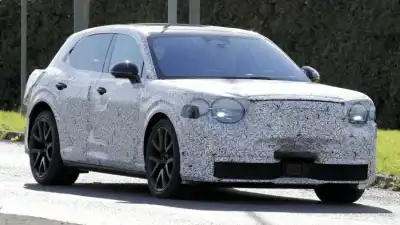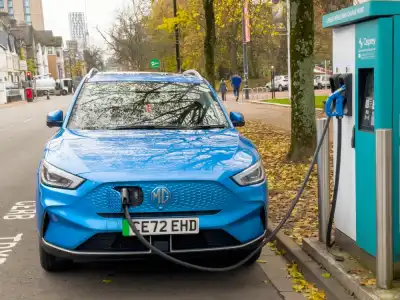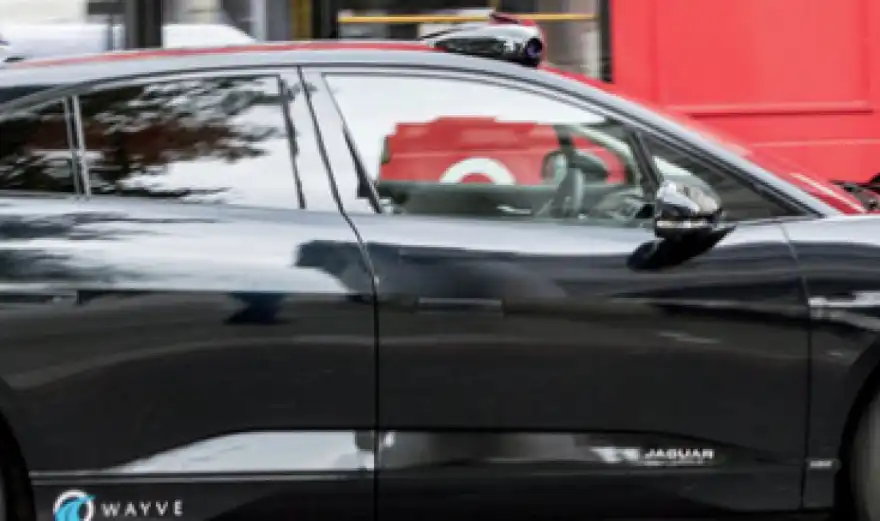
Self driving car test on public roads
New, revolutionary autonomous cars that work in a radically different manner than their rivals are to be tested on public streets in London. These Jaguar iPACE sports utility vehicles – which are electric - must therefore prove themselves capable of manoeuvring safely around other vehicles, cyclists and pedestrians.
Wayve is the company behind the new, autonomous vehicles and suggests it thinks differently than its rivals. Chief Executive Officer, Amar Shah, explains: ‘Self driving is an incredibly difficult problem. People have been working on it for over a decade but we are yet to see commercial products.’ He expects his varying approach to turn the fantasy into reality. But what is so different?
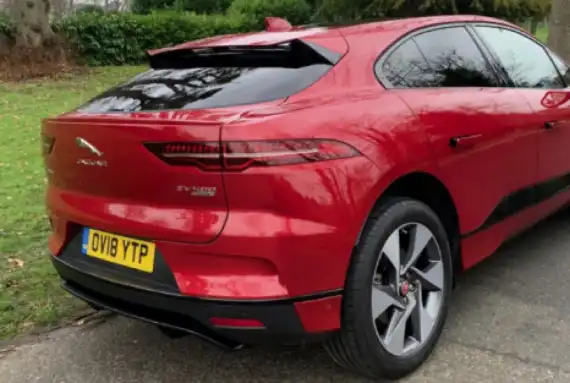
How autonomous car works
Many driverless vehicles rely on numerous sensors, radar, and/or high definition maps that need a lot of computer processing power. Not Wayve. There are no sensors. There is no radar. There are no high definition maps. The vehicle manoeuvrers autonomously via ‘simple’ sat-nav route guidance and a few ‘basic’ cameras. But how?
The key is ‘end-to-end machine learning’ which has already surpassed other concepts, Wayve says. It adds that ‘intelligent behaviour cannot be hand-coded but can be learnt through experience’. On this basis, the car has a ‘brain’ that has learnt how ‘expert humans’ drive by monitoring and replicating their behaviour on the road. The company calls this ‘imitation learning’.
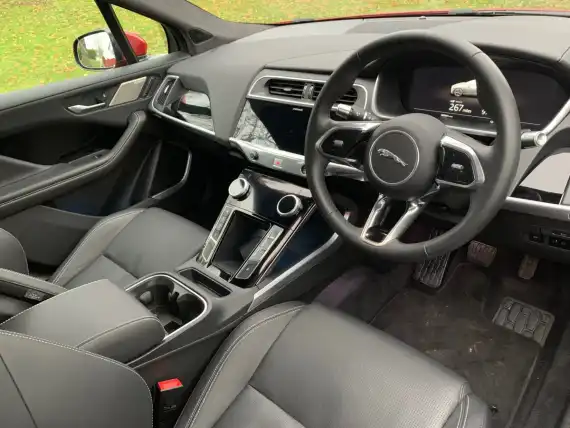
In addition, the vehicle has traditional controls such as a steering wheel so a ‘safety driver’ can intervene if it fails to react properly. The brain notes any corrections – then learns from them – so it better understands how to behave if it experiences a similar scenario again. This is called ‘reinforcement learning’.
Wayve adds: ‘It learns end-to-end with imitation learning and reinforcement learning to drive like a human – using computer vision to follow a route. Imitation learning allows us to copy behaviours of expert human drivers. Reinforcement learning lets us learn from each safety driver intervention to improve our driving policy.’
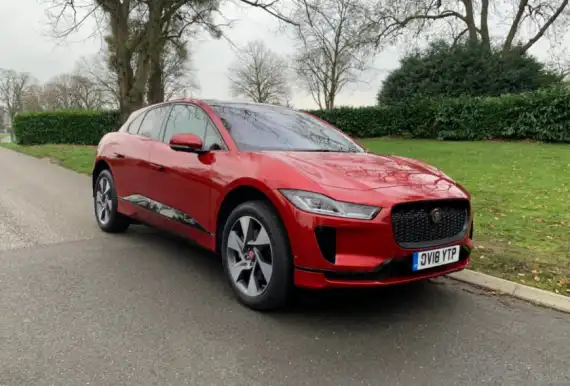
Video shows driverless car in action
The Wayve website has a short video that shows an autonomous vehicle in action. It starts with a safety driver entering a destination via a smartphone’s sat-nav and instructing the vehicle to start moving. It therefore slowly cruises along a narrow, residential street that incorporates junctions, wheelie bins, traffic, pedestrians, and other hazards. During the video, the car:
- manoeuvrers between rows of parked vehicles
- slows when a cyclist comes towards it and the gap is narrow
- virtually stops at a give way line then turns right
- maintains a safe distance to a cyclist ahead
- turns left on two occasions
- accelerates at an appropriate pace
- brakes steadily as required (no sudden stops)
- returns manual control to the safety driver when instructed.
Wayve explains: The video shows our car driving for an extended period of time – completely autonomously – on roads never seen during training. What is more remarkable, is that this model learned this driving behaviour with twenty hours of training data.’

